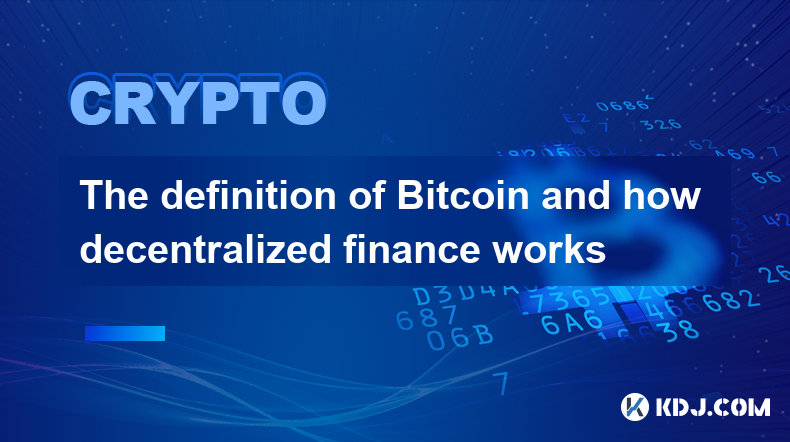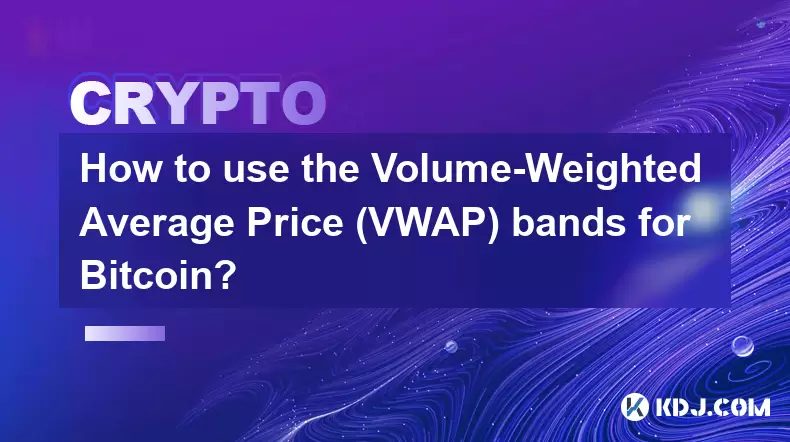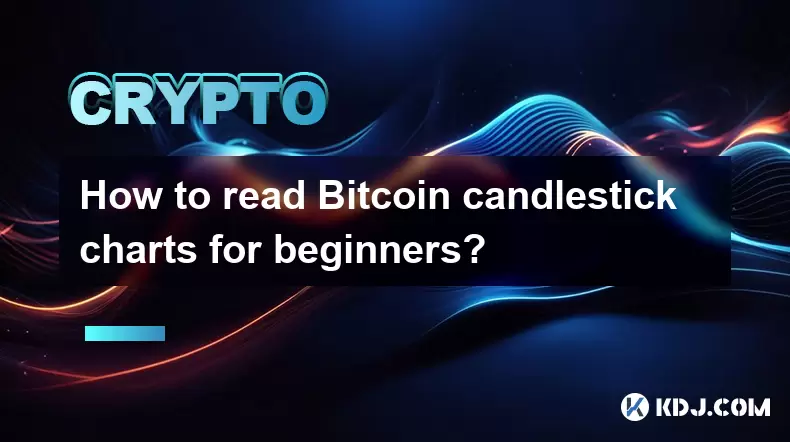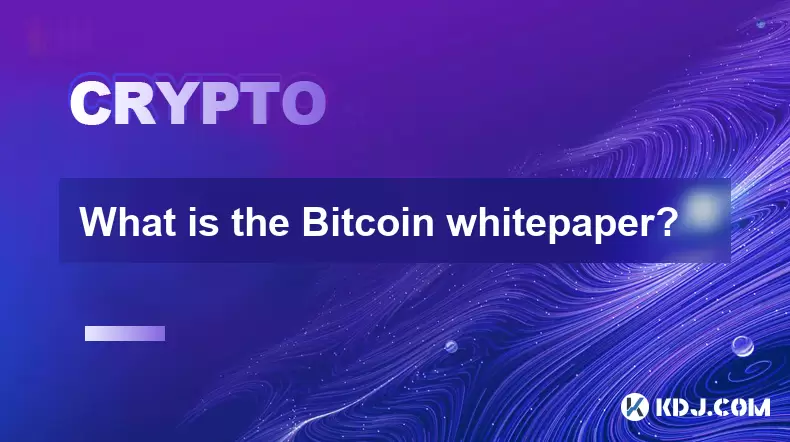-
 Bitcoin
Bitcoin $107,775.9723
-1.52% -
 Ethereum
Ethereum $2,503.0264
-2.92% -
 Tether USDt
Tether USDt $1.0004
0.01% -
 XRP
XRP $2.2122
-1.83% -
 BNB
BNB $653.0341
-0.74% -
 Solana
Solana $146.9585
-2.52% -
 USDC
USDC $1.0000
0.00% -
 TRON
TRON $0.2830
-0.44% -
 Dogecoin
Dogecoin $0.1630
-4.35% -
 Cardano
Cardano $0.5716
-3.30% -
 Hyperliquid
Hyperliquid $37.8958
-5.54% -
 Sui
Sui $2.8738
-3.68% -
 Bitcoin Cash
Bitcoin Cash $479.5293
-3.18% -
 Chainlink
Chainlink $13.0885
-4.05% -
 UNUS SED LEO
UNUS SED LEO $9.0483
0.30% -
 Avalanche
Avalanche $17.7365
-4.04% -
 Stellar
Stellar $0.2360
-2.55% -
 Toncoin
Toncoin $2.7891
-2.55% -
 Shiba Inu
Shiba Inu $0.0...01135
-3.58% -
 Litecoin
Litecoin $86.6089
-3.25% -
 Hedera
Hedera $0.1546
-2.55% -
 Monero
Monero $314.6552
-1.87% -
 Dai
Dai $1.0000
0.00% -
 Polkadot
Polkadot $3.3599
-4.40% -
 Ethena USDe
Ethena USDe $1.0001
-0.03% -
 Bitget Token
Bitget Token $4.4063
-3.62% -
 Uniswap
Uniswap $6.9380
-8.98% -
 Pepe
Pepe $0.0...09560
-4.31% -
 Aave
Aave $261.8087
-5.38% -
 Pi
Pi $0.4702
-4.48%
The definition of Bitcoin and how decentralized finance works
Bitcoin, created in 2009, operates on a peer-to-peer network and has a capped supply of 21 million coins, making it a key player in the DeFi ecosystem.
Apr 09, 2025 at 03:29 pm

Bitcoin, the world's first decentralized cryptocurrency, was created in 2009 by an anonymous person or group using the pseudonym Satoshi Nakamoto. Bitcoin operates on a peer-to-peer network, allowing users to send and receive payments without the need for intermediaries like banks. The underlying technology that powers Bitcoin is called blockchain, a distributed ledger that records all transactions across a network of computers. This technology ensures transparency and security, as each transaction is verified by multiple nodes on the network before being added to the blockchain.
The value of Bitcoin is determined by supply and demand in the market. Unlike traditional currencies, which are issued by central banks, Bitcoin has a capped supply of 21 million coins. This scarcity, combined with increasing demand, has led to significant price appreciation over the years. Bitcoin can be bought, sold, and traded on various cryptocurrency exchanges, and it is also used as a store of value and a hedge against inflation.
Decentralized finance, commonly known as DeFi, is a financial system built on blockchain technology that aims to recreate traditional financial services without the need for centralized intermediaries. DeFi leverages smart contracts, self-executing code stored on the blockchain, to automate and enforce the terms of financial agreements. This allows users to lend, borrow, trade, and earn interest on their cryptocurrency holdings directly from their digital wallets.
The Role of Bitcoin in Decentralized Finance
Bitcoin plays a crucial role in the DeFi ecosystem, serving as both a store of value and a medium of exchange. While Ethereum is the most popular blockchain for DeFi applications due to its support for smart contracts, Bitcoin can be integrated into DeFi through various methods. One such method is the use of wrapped Bitcoin (WBTC), which is a tokenized version of Bitcoin that can be used on the Ethereum blockchain. This allows Bitcoin holders to participate in DeFi protocols and earn yields on their holdings.
Another way Bitcoin is used in DeFi is through decentralized exchanges (DEXs) that support Bitcoin trading pairs. These platforms allow users to trade Bitcoin directly with other cryptocurrencies without the need for a centralized intermediary. This not only increases the liquidity of Bitcoin but also enhances its utility within the DeFi ecosystem.
How Decentralized Finance Works
Decentralized finance operates on the principles of transparency, accessibility, and automation. At its core, DeFi relies on blockchain technology to create a trustless environment where users can interact directly with each other. Smart contracts play a pivotal role in this process, as they automatically execute the terms of a financial agreement once predefined conditions are met.
To participate in DeFi, users typically need to connect their cryptocurrency wallets to a DeFi platform. This can be done through a web browser or a dedicated mobile application. Once connected, users can access a variety of financial services, including lending, borrowing, trading, and yield farming.
Lending and Borrowing in DeFi
Lending and borrowing are among the most popular DeFi services. In a DeFi lending protocol, users can deposit their cryptocurrency as collateral and borrow against it. The interest rates for lending and borrowing are determined algorithmically based on supply and demand. This process is fully automated through smart contracts, which manage the collateral, interest payments, and loan repayments.
To lend or borrow in DeFi, follow these steps:
- Connect your wallet: Open the DeFi lending platform and connect your cryptocurrency wallet.
- Deposit collateral: If you want to borrow, deposit the required amount of cryptocurrency as collateral.
- Select loan terms: Choose the amount you want to borrow and the cryptocurrency you want to receive.
- Confirm transaction: Review the loan terms and confirm the transaction through your wallet.
- Manage your loan: Monitor your loan and make repayments as needed. If you are lending, you can withdraw your collateral and interest at any time.
Trading on Decentralized Exchanges
Decentralized exchanges (DEXs) allow users to trade cryptocurrencies directly with each other without the need for a centralized intermediary. DEXs use liquidity pools, which are pools of tokens locked in a smart contract, to facilitate trading. Users can add their tokens to these pools to provide liquidity and earn trading fees.
To trade on a DEX, follow these steps:
- Connect your wallet: Open the DEX platform and connect your cryptocurrency wallet.
- Select trading pair: Choose the cryptocurrency pair you want to trade.
- Enter trade details: Specify the amount you want to trade and the type of order (market or limit).
- Confirm transaction: Review the trade details and confirm the transaction through your wallet.
- Monitor your trade: Keep an eye on your trade and manage your positions as needed.
Yield Farming and Staking
Yield farming and staking are other popular DeFi activities that allow users to earn passive income on their cryptocurrency holdings. Yield farming involves providing liquidity to DeFi protocols in exchange for rewards, often in the form of the protocol's native token. Staking, on the other hand, involves locking up cryptocurrency to support the operations of a blockchain network and earn rewards.
To participate in yield farming or staking, follow these steps:
- Connect your wallet: Open the DeFi platform and connect your cryptocurrency wallet.
- Select a protocol: Choose the DeFi protocol you want to participate in.
- Deposit tokens: Deposit the required amount of tokens into the protocol.
- Confirm transaction: Review the terms and confirm the transaction through your wallet.
- Monitor your rewards: Keep track of your rewards and withdraw them as needed.
Frequently Asked Questions
Q: Can Bitcoin be used directly in DeFi protocols?
A: While Bitcoin itself cannot be used directly in most DeFi protocols due to its lack of smart contract functionality, wrapped Bitcoin (WBTC) can be used on platforms built on the Ethereum blockchain. WBTC is a tokenized version of Bitcoin that can be used in DeFi applications.
Q: What are the risks associated with participating in DeFi?
A: Participating in DeFi comes with several risks, including smart contract vulnerabilities, impermanent loss in liquidity pools, and the potential for rug pulls, where developers abandon a project and take users' funds. It's important to conduct thorough research and understand the risks before participating in DeFi.
Q: How can I ensure the security of my funds in DeFi?
A: To ensure the security of your funds in DeFi, use reputable platforms, enable two-factor authentication on your wallet, and never share your private keys or seed phrases. Additionally, consider using hardware wallets for added security and regularly monitor your transactions and positions.
Q: Are there any regulatory concerns with DeFi?
A: Yes, there are regulatory concerns with DeFi, as it operates in a largely unregulated space. Governments and financial authorities are increasingly scrutinizing DeFi platforms for compliance with anti-money laundering (AML) and know-your-customer (KYC) regulations. It's important to stay informed about the regulatory environment in your jurisdiction.
Disclaimer:info@kdj.com
The information provided is not trading advice. kdj.com does not assume any responsibility for any investments made based on the information provided in this article. Cryptocurrencies are highly volatile and it is highly recommended that you invest with caution after thorough research!
If you believe that the content used on this website infringes your copyright, please contact us immediately (info@kdj.com) and we will delete it promptly.
- Bitcoin's Pattern Break: Are HODLers the Key to the Next Surge?
- 2025-07-04 18:50:12
- Bitcoin Price, Trump's Bill, and the $150K Dream: A NYC Take
- 2025-07-04 19:50:12
- Ethereum, LILPEPE, and the July Bounce: Will Pepe Steal ETH's Thunder?
- 2025-07-04 19:10:12
- Binance Institutional Loans: Unlocking 4x Leverage and Zero Interest for Whales
- 2025-07-04 19:15:12
- Bitcoin Bull Run: Analysts Eye Peak in Late 2025?
- 2025-07-04 19:20:13
- Pepe Indicators, Bullish Forecast: Can the Meme Coin Rally?
- 2025-07-04 19:25:12
Related knowledge

What is the Woodies CCI indicator and can it be used for Bitcoin?
Jul 04,2025 at 05:14pm
Understanding the Woodies CCI IndicatorThe Woodies CCI indicator is a variation of the traditional Commodity Channel Index (CCI), which was originally developed by Donald Lambert. The standard CCI measures the current price level relative to an average price over a given period, typically 14. However, the Woodies version modifies this calculation to mak...

How to use the Volume-Weighted Average Price (VWAP) bands for Bitcoin?
Jul 04,2025 at 04:28pm
Understanding the Basics of VWAP BandsThe Volume-Weighted Average Price (VWAP) is a key metric used in trading to determine the average price at which an asset, such as Bitcoin, has traded throughout the day. It takes into account both volume and price, making it more reliable than a simple moving average. VWAP bands are essentially standard deviation c...

What is the VWAP indicator and how to use it for Bitcoin?
Jul 04,2025 at 05:28pm
Understanding the VWAP IndicatorThe VWAP (Volume Weighted Average Price) is a technical analysis tool used to determine the average price a cryptocurrency has traded at throughout the day, based on both volume and price. It provides traders with insights into the true average value of an asset by giving more weight to periods where trading volume was hi...

How to read Bitcoin candlestick charts for beginners?
Jul 04,2025 at 11:22am
Understanding the Basics of Candlestick ChartsCandlestick charts are a popular tool used in cryptocurrency trading to analyze price movements. Each candlestick represents a specific time period, such as one minute, five minutes, or even one day. For beginners, understanding how to interpret these charts is crucial for making informed trading decisions. ...

What is the role of Satoshi Nakamoto in Bitcoin?
Jul 04,2025 at 03:14am
Who is Satoshi Nakamoto?Satoshi Nakamoto is the pseudonymous individual or group responsible for creating Bitcoin, the world's first decentralized digital currency. Despite extensive research and speculation, the true identity of Satoshi Nakamoto remains unknown. The name was used in communications related to the development and release of the Bitcoin w...

What is the Bitcoin whitepaper?
Jul 04,2025 at 01:42am
What is the Bitcoin Whitepaper?The Bitcoin whitepaper is a foundational document published in 2008 by an individual or group using the pseudonym Satoshi Nakamoto. Titled 'Bitcoin: A Peer-to-Peer Electronic Cash System', it outlines the theoretical framework and technical specifications for creating a decentralized digital currency. This paper introduced...

What is the Woodies CCI indicator and can it be used for Bitcoin?
Jul 04,2025 at 05:14pm
Understanding the Woodies CCI IndicatorThe Woodies CCI indicator is a variation of the traditional Commodity Channel Index (CCI), which was originally developed by Donald Lambert. The standard CCI measures the current price level relative to an average price over a given period, typically 14. However, the Woodies version modifies this calculation to mak...

How to use the Volume-Weighted Average Price (VWAP) bands for Bitcoin?
Jul 04,2025 at 04:28pm
Understanding the Basics of VWAP BandsThe Volume-Weighted Average Price (VWAP) is a key metric used in trading to determine the average price at which an asset, such as Bitcoin, has traded throughout the day. It takes into account both volume and price, making it more reliable than a simple moving average. VWAP bands are essentially standard deviation c...

What is the VWAP indicator and how to use it for Bitcoin?
Jul 04,2025 at 05:28pm
Understanding the VWAP IndicatorThe VWAP (Volume Weighted Average Price) is a technical analysis tool used to determine the average price a cryptocurrency has traded at throughout the day, based on both volume and price. It provides traders with insights into the true average value of an asset by giving more weight to periods where trading volume was hi...

How to read Bitcoin candlestick charts for beginners?
Jul 04,2025 at 11:22am
Understanding the Basics of Candlestick ChartsCandlestick charts are a popular tool used in cryptocurrency trading to analyze price movements. Each candlestick represents a specific time period, such as one minute, five minutes, or even one day. For beginners, understanding how to interpret these charts is crucial for making informed trading decisions. ...

What is the role of Satoshi Nakamoto in Bitcoin?
Jul 04,2025 at 03:14am
Who is Satoshi Nakamoto?Satoshi Nakamoto is the pseudonymous individual or group responsible for creating Bitcoin, the world's first decentralized digital currency. Despite extensive research and speculation, the true identity of Satoshi Nakamoto remains unknown. The name was used in communications related to the development and release of the Bitcoin w...

What is the Bitcoin whitepaper?
Jul 04,2025 at 01:42am
What is the Bitcoin Whitepaper?The Bitcoin whitepaper is a foundational document published in 2008 by an individual or group using the pseudonym Satoshi Nakamoto. Titled 'Bitcoin: A Peer-to-Peer Electronic Cash System', it outlines the theoretical framework and technical specifications for creating a decentralized digital currency. This paper introduced...
See all articles

























































































